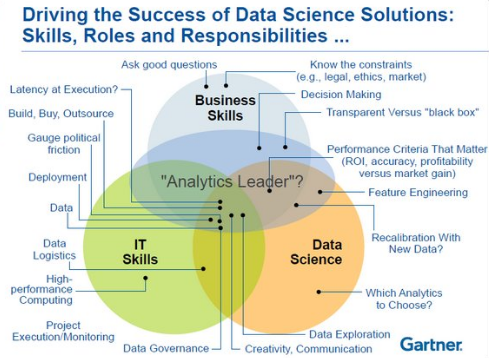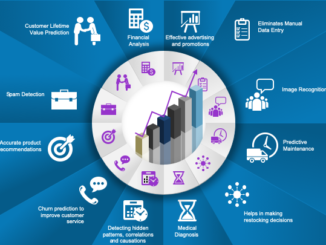
Today, technology has given birth to AI machines that have made our lives even easier. You may have experienced the wonders of AI while using social media sites, such as Google and Facebook. Many of these sites use the power of machine learning. In this article, we are going to talk about the relation between data science and machine learning. Read on.
What is Machine Learning?
Machine learning is the use of AI to help machines make predictions based on previous experience. We can say that ML is the subset of AI. The quality and authenticity of the data is representative of your model. The outcome of this step represents the data that will be used for the purpose of training.
After the assembling of data, it’s prepared to train the machines. Afterwards, filters are used to eliminate the errors and handle the missing data type conversions, normalization, and missing values.
For measuring the objective performance of a certain model, it’s a good idea to use a combo of different metrics. Then you can compare the model with the past data for testing purposes.
For performance improvement, you have to tune the model parameters. Afterwards, the tested data is used to predict the model performance in the real world. This is the reason many industries hire the services of machine learning professionals for developing ML based apps.
What is Data Science?
Unlike machine learning, data scientists use math, stats and subject expertise in order to collect a large amount of data from different sources. Once the data is collected, they can apply ML sentiment and predictive analysis to get fresh information from the collected data. Based on the business requirement, they understand data and provide it for the audience.
Data Science Process
For defining the data science process, we can say that there are different dimensions of data collection. They include data collection, modeling, analysis, problem solving, decision support, designing of data collection, analysis process, data exploration, imagining and communicating the results, and giving answers to questions.
We can’t go into the details of these aspects as it will make the article quite longer. Therefore, we have just mentioned each aspect briefly.
Machine Learning relies heavily on the available data. Therefore, they have a strong relationship with each other. So, we can say that both the terms are related.
ML is a good choice for data science. The reason is that data science is a vast term for different types of disciplines. Experts use different techniques for ML like supervised clustering and regression. On the other hand, data science is a comprehensive term that may not revolve around complex algorithms.
However, it is used to structure data, look for compelling patterns and advise decision-makers so that they can revolutionize business needs.
Proudly WWW.PONIREVO.COM
by Shalini M



